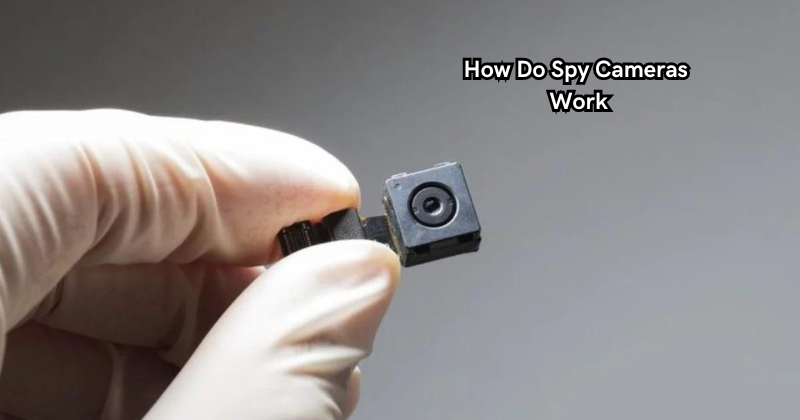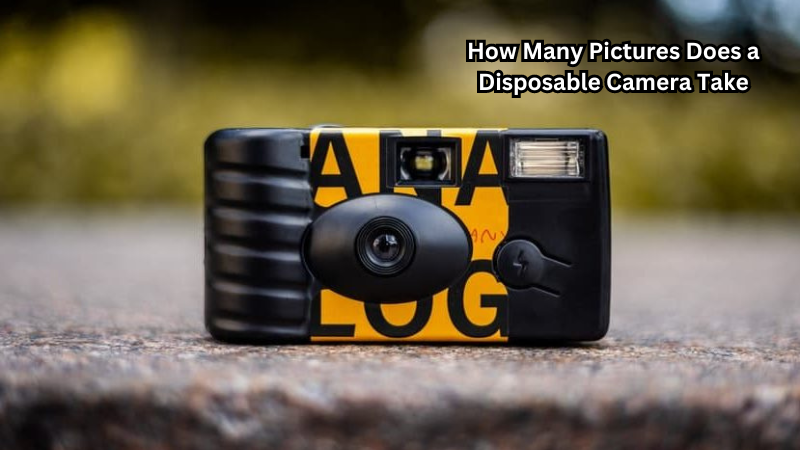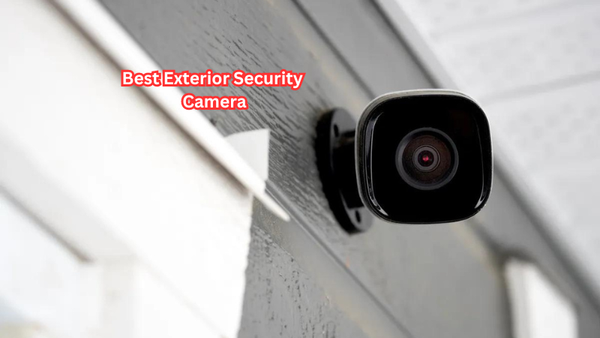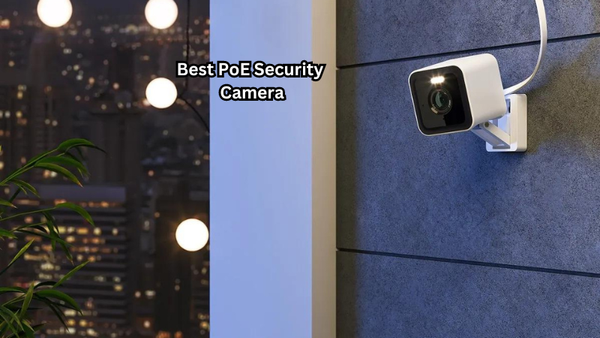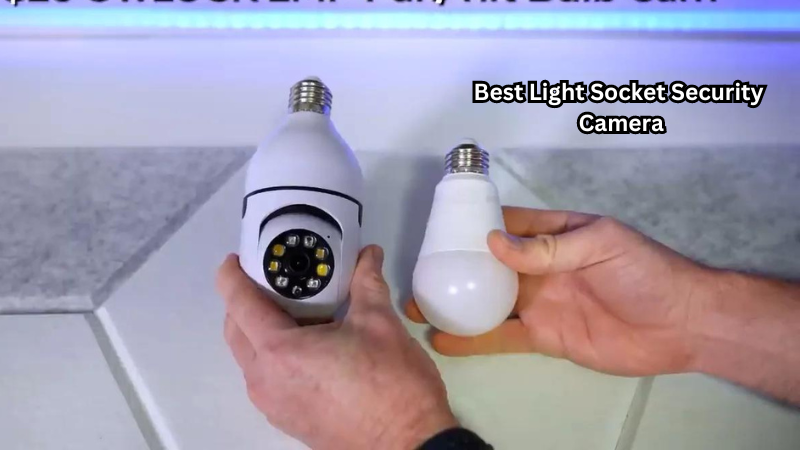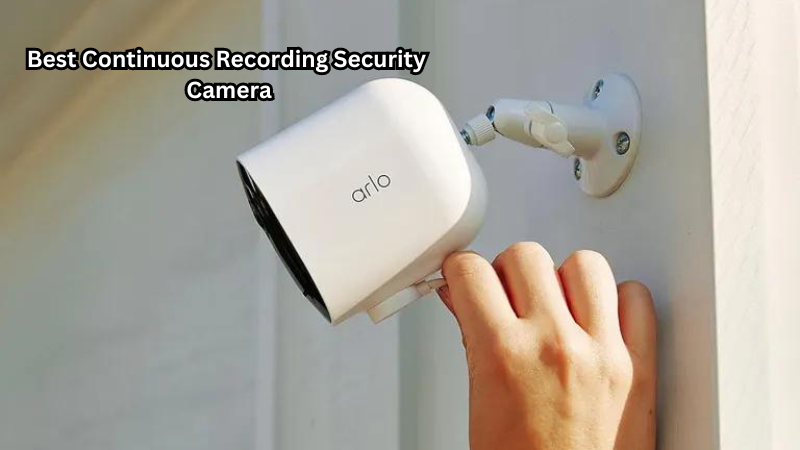Spy cameras are covert surveillance devices that operate discreetly to capture footage without detection. These compact gadgets employ sophisticated technology to monitor activities surreptitiously in various settings.
Equipped with advanced imaging sensors and miniaturized components, spy cameras can record videos or images in real-time, often with wireless transmission capabilities for remote monitoring.
Whether used for home security, investigative tasks, or personal surveillance, understanding the functionality of spy cameras unveils the intricate mechanisms behind their covert operations.
Delving into how spy cameras work not only showcases their effectiveness in clandestinely gathering information but also underscores their crucial role in modern surveillance and security practices.
Definition of Spy Cameras
Spy cameras, also known as hidden or covert cameras, are surveillance devices used to record events or activities without the knowledge of those being monitored. They are commonly referred to as 'spy' cameras because of their ability to operate discreetly and gather information secretly.
The use of spy cameras has become increasingly prevalent in recent years due to advancements in technology, making them smaller, more affordable, and easier to conceal. While initially used by law enforcement or government agencies for investigative purposes, spy cameras are now also accessible to the general public for personal use. Hidden camera detectors are also available to help individuals detect and locate any spy cameras in their vicinity.
Its history dates back to the late 19th and early 20th centuries when spy cameras were primarily used by intelligence agencies during wars. They played a crucial role in gathering information and carrying out covert operations. In modern times, spy cameras have evolved to become more versatile and accessible for everyday use.
Basic Components of Spy Cameras
The primary components of a spy camera include the lens, image sensor, power source, and storage medium. The lens focuses light onto the image sensor, which captures images or videos by converting light into electrical signals. Spy cameras often use either CCD (charge-coupled device) or CMOS (complementary metal-oxide-semiconductor) sensors to capture footage.
The power source, typically a battery or AC adapter, supplies the necessary energy to operate the spy camera. Some spy cameras also have solar panels for continuous power supply in outdoor settings. The storage medium, such as an SD card or internal memory, stores the captured footage until it can be retrieved.
Types of Spy Cameras
Spy cameras come in various shapes and sizes, making them virtually undetectable in everyday objects. Some common types include:
- Body-worn spy cameras: These are designed to be worn or carried by an individual and can be disguised as buttons, pens, glasses, or even clothing items. They allow for discreet recording of personal interactions or covert surveillance.
- Hidden spy cameras: These are concealed in everyday objects, such as clocks, smoke detectors, or photo frames. They blend into the environment and can be used for home security or monitoring activities in a specific area.
- Nanny cams: These are specialized hidden cameras used to monitor the activities of caregivers of young children or elderly individuals. They can be in the form of teddy bears, toys, or even disguised as household objects.
- Wireless spy cameras: These use Wi-Fi or Bluetooth technology to transmit footage to a remote device for real-time monitoring. They can also be accessed through a cloud-based storage service for remote viewing.
How Do Spy Cameras Work?
Spy cameras work by using their components to capture and record footage without detection. Here is a breakdown of how each component plays a role in the operation of a spy camera:
- Lens: The lens is responsible for focusing light onto the image sensor, allowing it to capture images or videos.
- Image sensor: The image sensor converts light into electrical signals, which are then processed and stored as digital files.
- Power source: The power source supplies energy to run the camera's components, such as the lens and image sensor. It can be a battery, AC adapter, or solar panel.
- Storage medium: The storage medium stores the captured footage until it can be transferred to another device for viewing.
Spy cameras can also have additional features, such as motion detection sensors or night vision capabilities, to enhance their functionality for specific surveillance needs. Hidden camera detector apps are also available for smartphones, making it easier to detect and locate hidden cameras.
How Wireless Spy Camera Work?
Wireless spy cameras use Wi-Fi or Bluetooth technology to transmit footage to a remote device for real-time monitoring. They can also be accessed through a cloud-based storage service for remote viewing. Here's how it works:
- The wireless spy camera captures footage and stores it on a storage medium, such as an SD card or internal memory.
- The camera then uses Wi-Fi or Bluetooth technology to transmit the footage to a remote device, such as a smartphone or computer.
- The user can access the live footage through a designated app or website, allowing for real-time monitoring from any location.
- The footage can also be stored on a cloud-based storage service, providing access to past recordings and the ability to download or share them.
Wireless spy cameras are popular for home security purposes as they offer convenience and flexibility in monitoring activities from a remote location. However, their reliance on internet connectivity can also pose potential security risks if not properly secured.
How to Detect Hidden Cameras
To detect hidden cameras, you can use a spy camera detector, which uses radio frequency signals to locate the device. Here is a method to detect hidden spy cameras:
- Turn off all electronic devices in the room to reduce interference.
- Walk through the room with the detector, pointing it towards areas where a camera may be hidden.
- The detector will beep or flash when it detects a radio frequency signal from a potential spy camera.
- Use the detector's sensitivity adjustment feature to narrow down the location of the hidden camera.
- Once a potential camera is detected, visually inspect the area for any suspicious objects that may be a hidden camera. Detecting hidden cameras can also be done by using a flashlight and looking for reflections from the camera's lens.
Hidden camera detectors work by detecting the radio frequency signals emitted by spy cameras. These devices have a built-in antenna that picks up on these signals, allowing you to locate hidden cameras quickly and accurately.
Applications of Spy Cameras
Spy cameras have many practical applications in various industries and settings. Some common uses include:
- Security: Spy cameras can be used for surveillance and security purposes, such as monitoring a home or business.
- Law enforcement: Law enforcement agencies may use spy cameras to gather evidence during investigations or stakeouts.
- Journalism: Hidden cameras can be used by journalists to gather footage in sensitive or dangerous situations.
- Investigations: Private investigators may use spy cameras to collect evidence during investigations.
- Nanny monitoring: Nanny cams are popular among parents who want to monitor their children's caregivers and ensure their safety.
- Wildlife observation: Spy cameras are also used for wildlife observation and research, allowing researchers to study animals without interference.
With advancements in technology, spy cameras continue to evolve and have become more accessible for personal use.
Legality of Spy Cameras
The use of spy cameras is a controversial topic, and their legality varies depending on the location and purpose.
In most cases, it is legal to use hidden cameras in your own home for security purposes or with the consent of all parties involved in personal interactions. However, using spy cameras in public places or without consent in private spaces can be considered a violation of privacy laws.
It is essential to research and understand the laws and regulations regarding spy camera use in your area before purchasing or using one. In some cases, it may be necessary to obtain a permit or license for certain types of surveillance activities.
Tips for Using Spy Cameras Responsibly
While spy cameras can serve legitimate purposes, their misuse can invade privacy and lead to legal repercussions. Here are some tips for using spy cameras responsibly:
- Understand the laws and regulations regarding spy camera use in your area.
- Use hidden cameras only for legitimate purposes, such as home security or monitoring personal interactions with consent.
- Avoid using spy cameras in areas where individuals have a reasonable expectation of privacy, such as bathrooms or bedrooms.
- Always inform guests or visitors if there are any hidden cameras on the property.
- Regularly check and secure the camera's internet connection to prevent unauthorized access.
By following these tips, you can ensure responsible and ethical use of spy cameras while still enjoying their benefits for security and surveillance purposes.
FAQs
Is there a way to detect hidden cameras?
Finding hidden cameras can be challenging, but using a spy camera detector or visually inspecting the area can help locate them. Infrared light can also reveal hidden cameras, as most of them use infrared technology to capture footage in low light conditions.
Can someone spy on you through your phone camera?
Yes, it is possible for someone to spy on you through your phone camera if they have installed spyware or a remote access app without your knowledge. It is important to regularly check your phone for any suspicious apps and keep your device updated with the latest security measures to prevent unauthorized access.
Can my security camera detect infrared light?
Yes, most security cameras have night vision capabilities and use infrared light to capture footage in low-light conditions. However, not all security cameras are equipped with this feature, so it is important to check the specifications before purchasing.
How do I know if there is a hidden camera in my room?
To find hidden cameras in your room, you can use a spy camera detector or visually inspect the area. Look for any suspicious objects that may contain a hidden camera, such as smoke detectors, outlets, or alarm clocks.
Conclusion
In conclusion, the clandestine nature and advanced technology behind spy cameras offer a glimpse into the intricate world of surveillance.
These covert devices, with their discreet operation and high-quality imaging capabilities, serve a crucial role in various domains, from security to investigations. By enabling inconspicuous monitoring and remote access to real-time footage, spy cameras empower users with valuable insights and information.
Their ability to blend seamlessly into surroundings and capture data without detection underscores their significance in modern surveillance practices.
